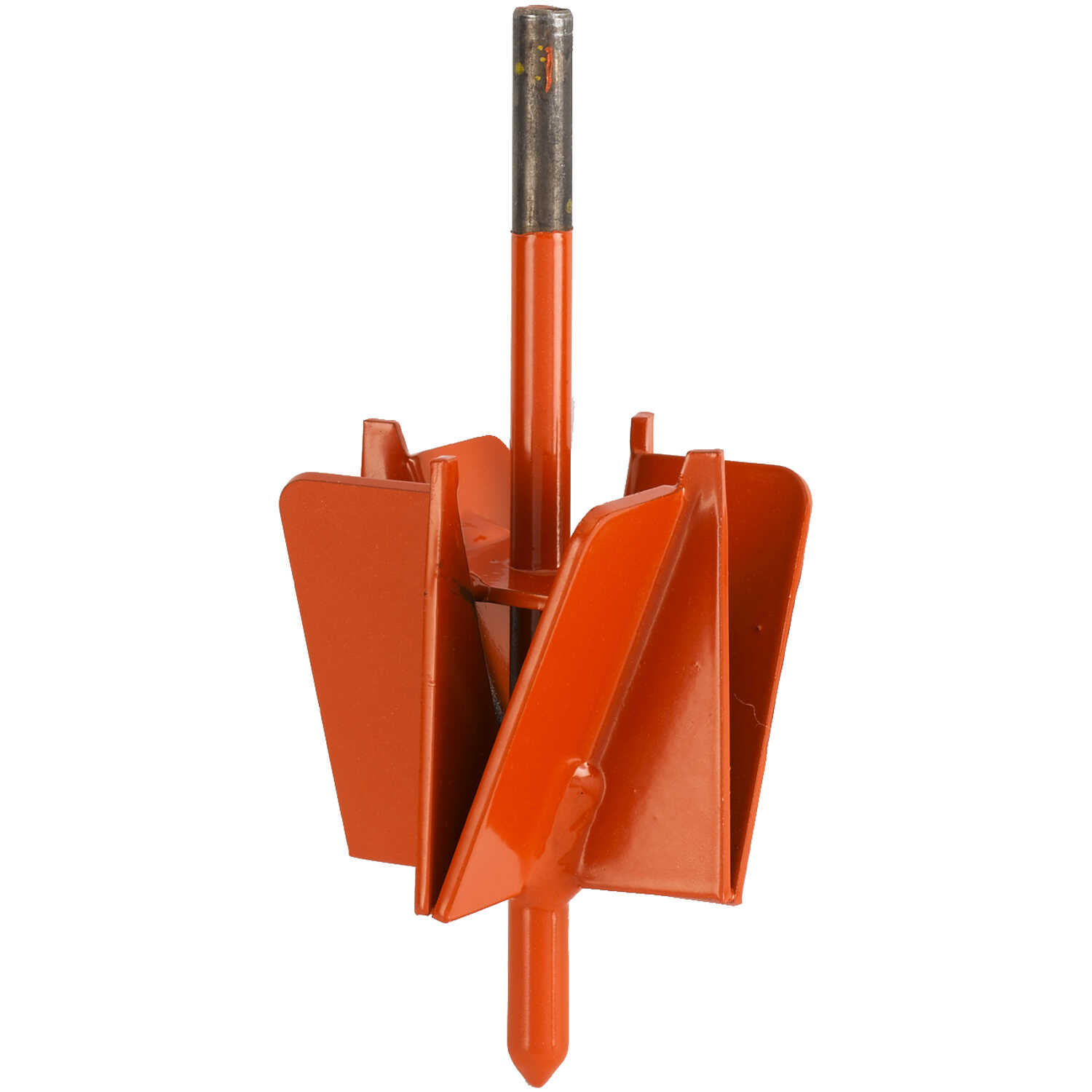Drill auger for plants – Drill augers for plants are essential tools for gardeners and landscapers, offering a convenient and efficient way to prepare soil for planting. Whether you’re planting bulbs, trees, or shrubs, drill augers can significantly improve soil aeration, root development, and overall plant growth.
In this comprehensive guide, we will delve into the different types of drill augers available, provide step-by-step instructions on how to use them, and explore their various applications in plant cultivation. By the end, you’ll have a thorough understanding of how drill augers can revolutionize your gardening practices.
Types of Drill Augers for Plants

Drill augers for planting come in various types, each designed for specific soil conditions and planting requirements. Understanding the differences between these types is crucial for selecting the most suitable auger for your planting needs.
Earth Auger
Earth augers are the most common type of drill auger for planting. They are designed for general-purpose use in soft to medium-hard soil conditions. Earth augers feature a spiral-shaped blade that digs into the soil, creating a clean, cylindrical hole. They are available in various sizes, ranging from small handheld models to large, tractor-mounted augers.
Hole Saw Auger
Hole saw augers are specifically designed for drilling holes in hard or rocky soil. They feature a circular blade with teeth around the edge. As the auger rotates, the teeth cut through the soil, creating a precise, clean-cut hole. Hole saw augers are ideal for planting trees, shrubs, and other plants in compacted or rocky soil.
Post Hole Auger
Post hole augers are heavy-duty augers designed for digging deep, narrow holes for fence posts, mailbox posts, and other similar applications. They feature a long, narrow shaft with a spiral-shaped blade at the end. Post hole augers are typically powered by a tractor or other heavy equipment and can dig holes up to several feet deep.
Factors to Consider When Choosing a Drill Auger
When selecting a drill auger for planting, consider the following factors:
- Soil conditions: Different augers are designed for different soil types. Choose an auger that is suitable for the soil conditions in your planting area.
- Planting depth: Consider the depth of the holes you need to dig. Some augers are designed for shallow planting, while others can dig deeper holes.
- Plant size: The size of the plants you are planting will determine the size of the auger you need. Larger plants require larger holes.
- Power source: Drill augers can be powered by hand, electric motors, or hydraulic systems. Choose an auger that is compatible with your available power source.
How to Use a Drill Auger for Planting

Using a drill auger for planting is an efficient method to create holes in the ground for planting trees, shrubs, and other plants. Here’s a step-by-step guide on how to use a drill auger for planting:
1. Select the Correct Drill Bit Size and Depth: The size of the drill bit should be slightly larger than the root ball of the plant you’re planting. The depth of the hole should be twice the height of the root ball.
2. Mark the Planting Location: Determine the location where you want to plant and mark it with a stake or spray paint.
3. Position the Drill Auger: Place the drill auger over the marked location and secure it firmly.
4. Start Drilling: Begin drilling slowly and gradually increase the speed as the auger penetrates the ground. Keep the drill auger straight and apply steady pressure.
5. Remove the Soil: As the drill auger fills with soil, lift it out of the hole and empty the soil. Repeat this process until you reach the desired depth.
6. Plant the Tree or Shrub: Carefully place the tree or shrub into the hole and backfill with soil, tamping it down firmly to eliminate air pockets.
7. Water the Plant: Water the newly planted tree or shrub thoroughly to settle the soil and provide moisture.
Safety Precautions, Drill auger for plants
– Wear safety glasses and gloves when operating a drill auger.
– Ensure the drill auger is properly secured before drilling.
– Keep the drill auger away from obstacles and power lines.
– Do not drill near underground utilities.
Maintenance Tips
– Clean the drill auger after each use to prevent soil buildup.
– Lubricate the moving parts of the drill auger regularly to ensure smooth operation.
– Store the drill auger in a dry place when not in use.
Applications of Drill Augers in Plant Cultivation: Drill Auger For Plants
Drill augers are versatile tools that offer numerous applications in plant cultivation, contributing to enhanced plant growth and productivity. These applications include planting bulbs, trees, and shrubs, improving soil aeration and root development, and facilitating efficient fertilization and irrigation.
Planting Bulbs, Trees, and Shrubs
Drill augers simplify the process of planting bulbs, trees, and shrubs by creating precise holes of the appropriate depth and width. The cylindrical shape of the hole ensures proper root placement and prevents root circling, promoting healthy root development and preventing future problems. Moreover, drill augers minimize soil disturbance, preserving the existing soil structure and beneficial microorganisms.
Improving Soil Aeration and Root Development
Drill augers can be utilized to improve soil aeration by creating holes in compacted soil, allowing air and water to penetrate deeper into the root zone. This enhanced aeration stimulates root growth and development, leading to stronger and more extensive root systems. Improved root systems enhance the plant’s ability to absorb water and nutrients, resulting in improved plant health and productivity.
Fertilization and Irrigation
Drill augers facilitate efficient fertilization and irrigation by creating precise holes that allow fertilizers and water to be directly delivered to the root zone. This targeted delivery minimizes nutrient loss and ensures that plants receive the necessary nutrients and moisture for optimal growth. By optimizing fertilization and irrigation practices, drill augers contribute to increased plant growth and yield.